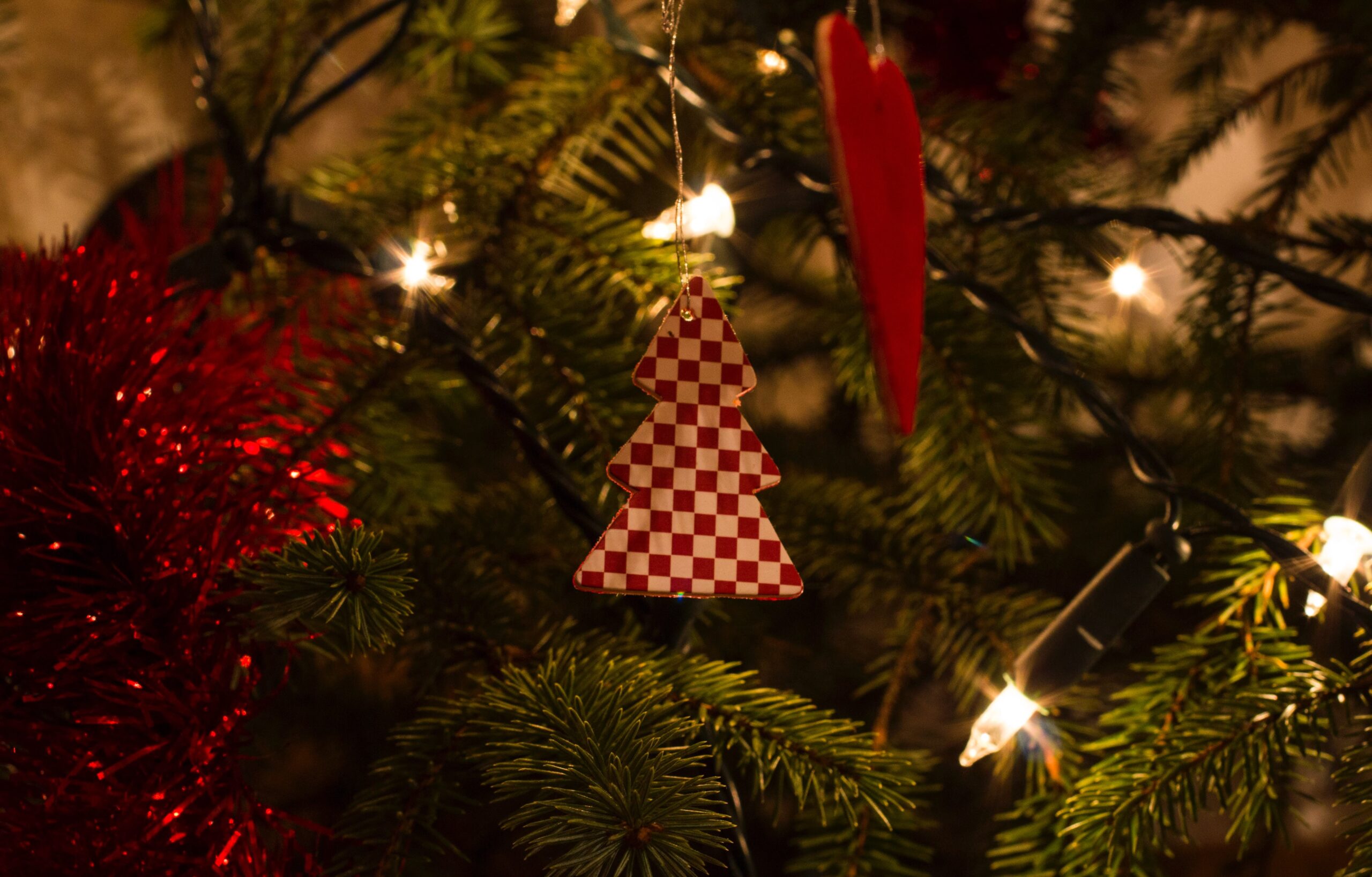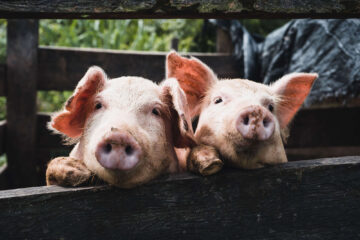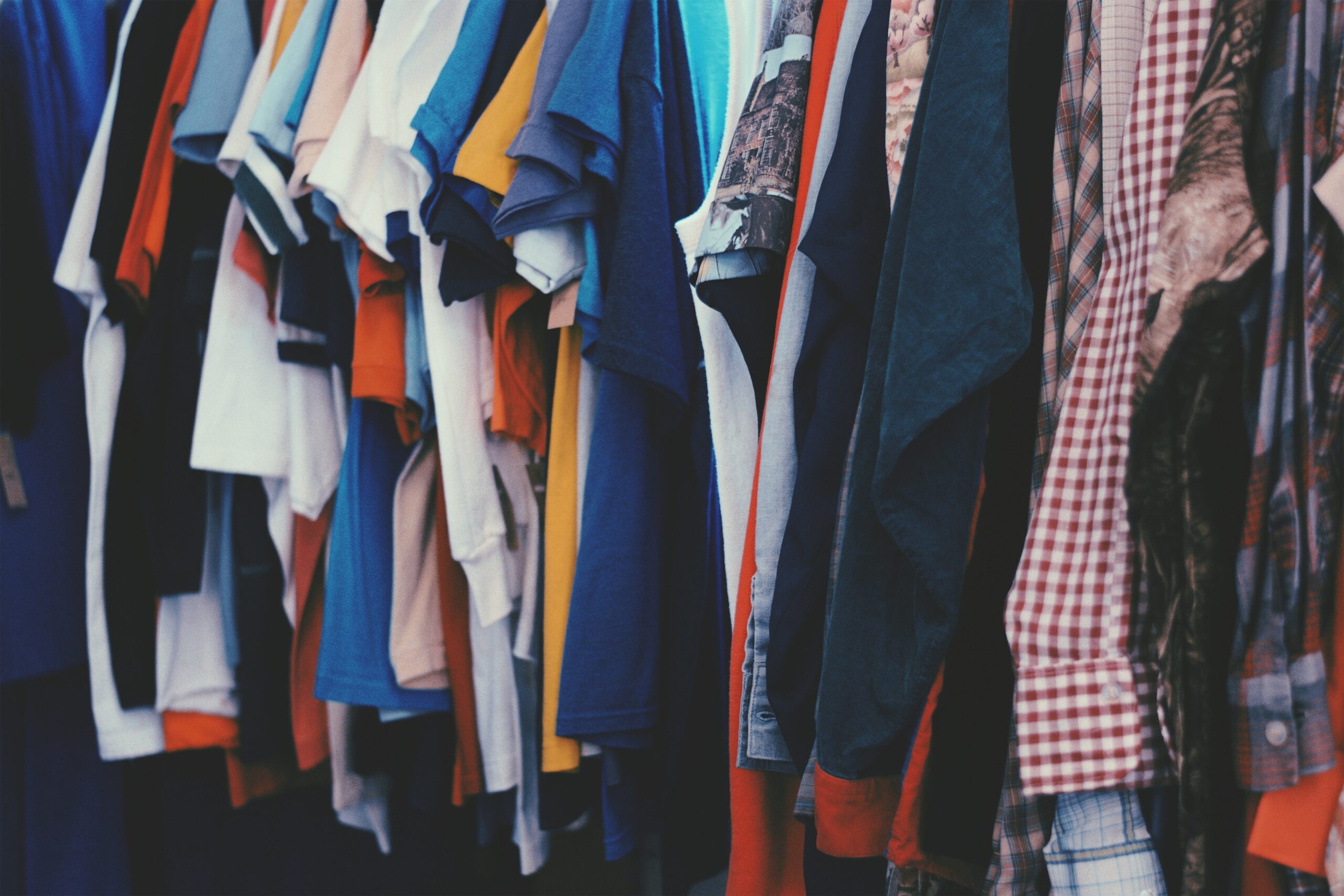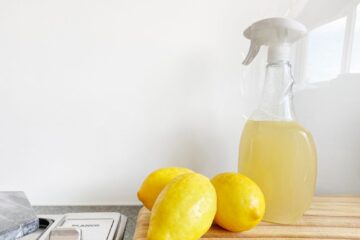Christmas: real or artificial tree?

At Leo Clean, we aim to reduce our environmental footprint as much as possible through all our actions, while still holding up to our promise for excellent service and client satisfaction. Celine, the founder of our Vancouver-based cleaning services, has dedicated a lot of time studying how our everyday activities and habits can impact our surroundings. She created Leo Clean with her values deeply rooted in it, ensuring that all our products are eco-friendly and sustainable.

With Christmas approaching, Celine was thinking about what is the best way to create a festive and warm environment at home, while still making sure that there will be as little environmental impact as possible. It has become more apparent to Celine that seemingly harmless choices are, in fact, much more complex than they first appear. Including picking out a Christmas tree for her living room this year.
Celine decided to do some research and dive into various studies before committing to buying a real or an artificial tree. Keep on reading, if you want to find out what her final decision was, backed up by the data she found on her virtual journey.
The American Christmas Tree Association (A.C.T.A), a non-profit organization which represents real and fake Christmas tree manufacturers and retailers, has conducted their own investigation to help guide people with their choices during the Holidays. While sounding counter-intuitive and not eco-friendly, according to A.C.T.A.’s findings the environmental impact of getting an artificial tree is lower than that of a real tree – IF it is used for 6-9 years. They continue by saying that getting a new real tree year after year could potentially have a bigger negative impact on greenhouse emissions, water and energy use. One possible reason for that is failure to dispose of them correctly once the Holidays are over.
While A.C.T.A seemed to lean towards the benefits of artificial Christmas trees, the National Christmas Tree Association (N.C.T.A.) had a difference in opinion. Tim O’Connor, the executive director of the non-profit organization, claims that a real tree’s benefits outweigh those of a man-made one. Compared to a tree that is manufactured in a factory in China, not only does a real tree benefit the environment by absorbing carbon dioxide (CO2), but it also stabilizes soil, protects water supplies, and can act as refuge for wildlife. O’Connor argues that the benefits are amplified as these trees are both renewable and recyclable. This is compared to an artificial tree which cannot be recycled and which ends up as landfill or is incinerated to cause plastics (such as PVC), releasing CO2 and other carcinogens into the air. For more details on the environmental benefits of real Christmas trees, visit the N.C.T.A report.
It turns out that each year Canadians spend approximately $56 million each year on artificial trees that are produced in factories in China, Taïwan, and South Korea. Unfortunately, this leads to a lot of emissions produced during the time of transport – from the manufacturing company until the product reaches us at home. What is more, these factories have less stringent environmental regulations, poorer working conditions for their employees, and prevailing lower wages.
A Québec study compared the cycle of impact of a real tree making 150 km of transport from manufacturer to buyer to that of an artificial tree made in China that is kept and used for 6 years. The results indicated that the former (i.e., the real tree) emits 3.1kg of CO2, while the latter emits 8.1kg of CO2 per year.
So, after comparing the available options, it appeared that Celine had made her decision about how to bring Christmas cheer to her living room. Besides providing wildlife habitats, the real trees are environmentally friendly and offer incredible benefits to both our community and Canadian Economy! For Celine, a real tree seemed to be the best option – it aligned with all that she believes in.
Celine bought her beautiful Christmas tree at Aunt Leah’s Christmas Trees – a local organization raising money to fund programs that help children in foster care, providing resources that prevent youth from becoming homeless, and supporting young mothers at risk from losing custody of their children. You can visit them at auntleahs.org.
What kind of a tree is your family celebrating with this year?
And – if your home needs a quick post-holiday clean-up (maybe removing some tree needles from the floor 🙂 ), you can book your cleaning with Leo Clean at celine@leoclean.ca.
Happy Holidays from Leo Clean’s Team!


